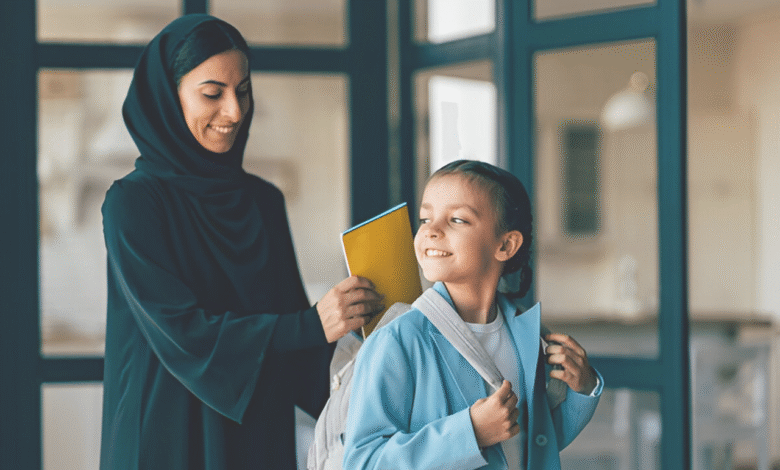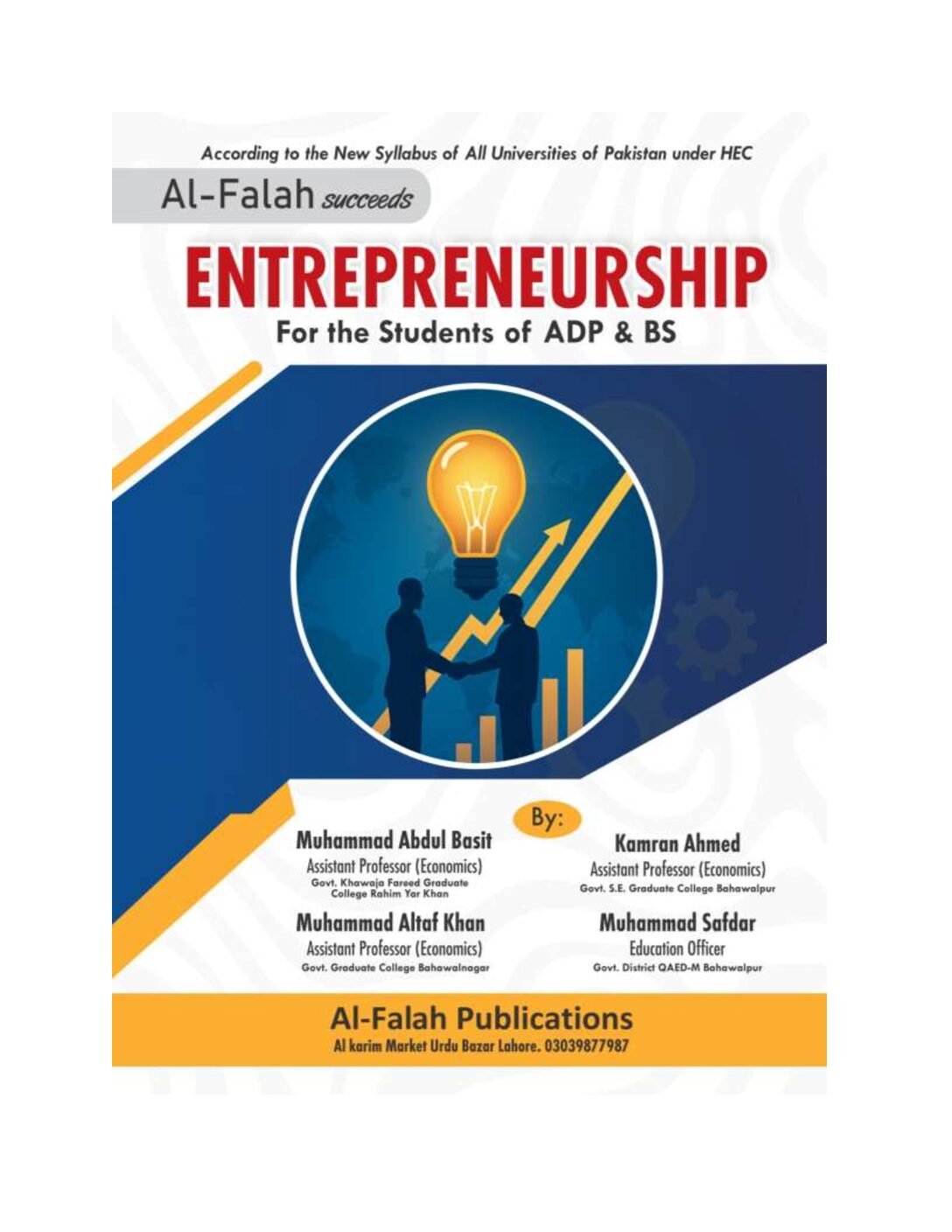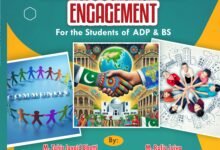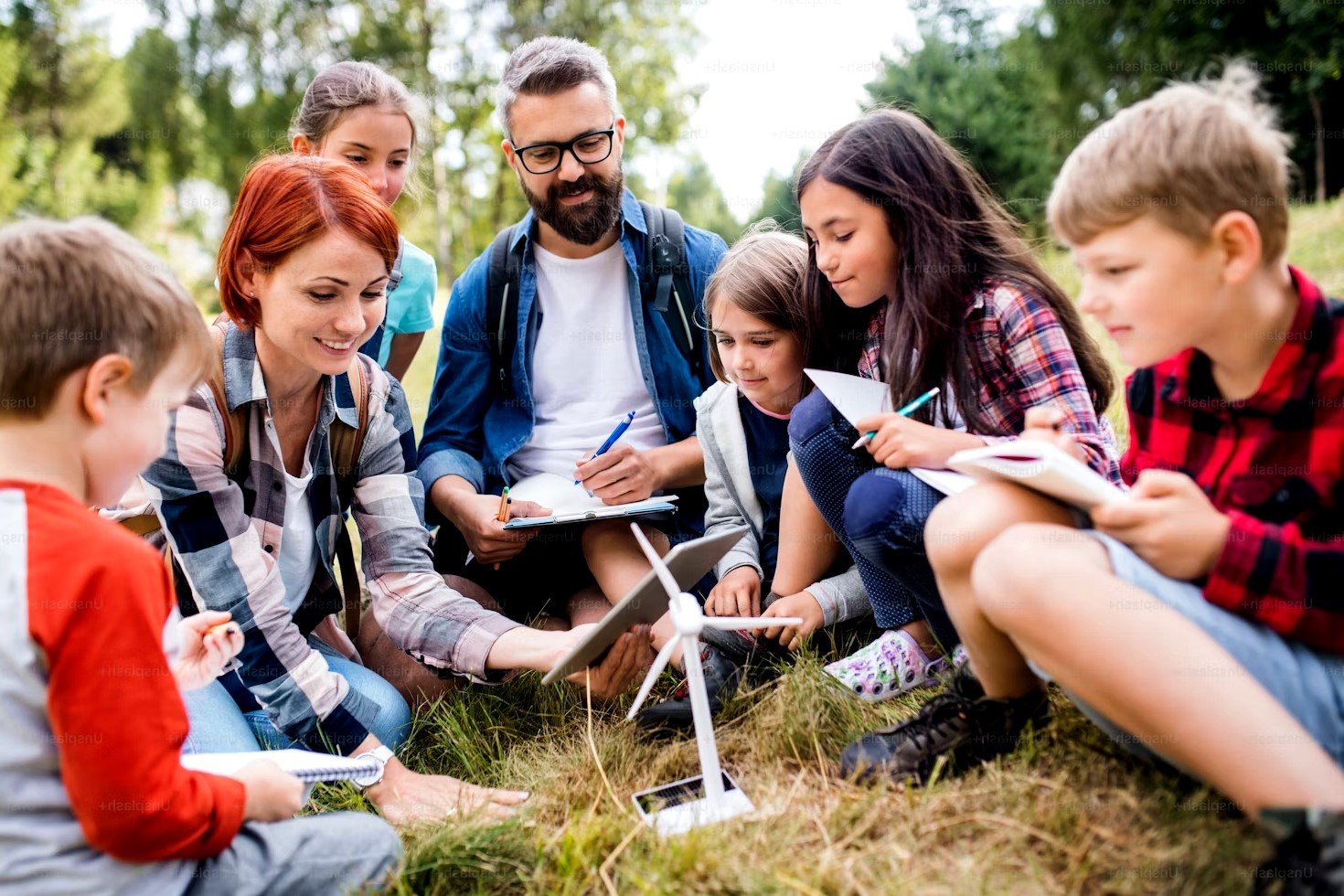Online Learning vs Traditional Education: Pros, Cons & Trends
Online learning vs traditional education Compare pros, cons & trends. Discover which education model fits your needs best in 2024.

Online learning has transformed the educational landscape, offering unprecedented flexibility and accessibility to learners worldwide. Unlike traditional education, which relies on physical classrooms and fixed schedules, e-learning platforms allow students to study at their own pace from anywhere. This shift has sparked a global debate on the effectiveness of Traditional Education compared to conventional methods. As technology continues to evolve, understanding the strengths and weaknesses of both systems becomes crucial for students, educators, and policymakers.
While traditional education provides structured environments and face-to-face interactions, online learning caters to diverse needs, including working professionals and remote learners. Each approach has distinct advantages, from real-time engagement in classrooms to the convenience of recorded lectures in virtual settings. This article explores the pros and cons of both models, examines current trends in education, and helps readers determine which method aligns best with their learning goals. Whether you prefer the discipline of in-person classes or the adaptability of digital courses, this comparison will provide valuable insights into the future of education.
Online Learning vs Traditional Education
Advantages and Disadvantages
Online learning has revolutionized Traditional Education by breaking geographical barriers and offering flexible schedules. Students can access courses from anywhere, making it ideal for working professionals and those with personal commitments. Additionally, e-learning platforms often provide a wide range of resources, including recorded lectures, interactive quizzes, and discussion forums, enhancing the learning experience. However, online education also has drawbacks. The lack of face-to-face interaction can lead to feelings of isolation and reduced engagement.
Strengths and Weaknesses
Structured Learning Environment Fosters Discipline
The traditional classroom setting provides a clearly defined schedule and physical learning space that helps students develop routine and discipline. With fixed class times, assignment deadlines, and face-to-face teacher interactions, this structure creates an organized framework that many learners thrive under, particularly younger students who benefit from consistent supervision.
Face-to-Face Interaction Enhances Understanding
Direct teacher-student engagement allows for immediate feedback and clarification of complex concepts. The ability to read body language, ask spontaneous questions, and engage in real-time discussions leads to deeper comprehension compared to purely digital formats. This interpersonal dynamic also helps teachers identify and address individual learning needs more effectively.
Social Development Through Peer Interaction
Traditional Education serve as crucial social hubs where students develop interpersonal skills through daily interactions. Group projects, classroom discussions, and extracurricular activities teach collaboration, conflict resolution, and communication – skills that are difficult to replicate fully in online environments. These social experiences contribute significantly to emotional intelligence development.
Access to Physical Resources and Facilities
Campus-based education provides hands-on access to laboratories, libraries, sports facilities, and specialized equipment that enhance practical learning. Science experiments, art studios, and vocational training benefit immensely from these physical resources that are either impractical or impossible to replicate in virtual settings.
Established Accreditation and Recognition
Degrees from brick-and-mortar institutions traditionally carry stronger credibility in many professional circles. The longstanding reputation of physical universities and the rigorous nature of in-person assessments often give traditional qualifications an edge in competitive job markets and graduate school admissions.
Limited Flexibility in Scheduling and Location
The rigid timetable structure of traditional education creates challenges for working professionals, parents, or students with unconventional schedules. Geographic limitations also restrict access for rural populations or those unable to relocate, making education inaccessible for some demographic groups.
Higher Associated Costs and Financial Barriers
Traditional education typically involves significant expenses including tuition, housing, transportation, and material costs. These financial burdens can create barriers to access and often result in substantial student debt, making education less equitable compared to more affordable online alternatives.
One-Size-Fits-All Teaching Approach
The standardized curriculum delivery in traditional classrooms often fails to accommodate different learning paces and styles. With limited ability to pause, rewind, or customize content, some students struggle to keep up while others feel held back, leading to engagement and retention issues.
Key Trends Shaping the Future of Education
Blended Learning
The blended learning model combines online education with traditional classroom instruction, creating a flexible yet structured approach. Schools and universities are increasingly adopting this hybrid method to cater to diverse learning styles while maintaining face-to-face interaction. This trend allows students to access digital resources at their own pace while benefiting from in-person guidance, making education more personalized and effective.
Artificial Intelligence (AI) in Personalized Learning
AI-driven education is revolutionizing how students learn by providing adaptive learning platforms that customize content based on individual progress. AI-powered tutors, automated grading systems, and predictive analytics help educators identify learning gaps and tailor instruction. This trend enhances efficiency and ensures no student is left behind, making education more inclusive and data-driven.
Bite-Sized Education for Better Retention
Microlearning breaks down complex topics into short, focused modules, improving knowledge retention and engagement. This trend is particularly effective in corporate training and online courses, where learners prefer quick, digestible lessons over lengthy lectures. Apps and platforms using this approach are gaining popularity, especially among busy professionals and Gen Z learners.
Making Learning Interactive and Fun
Gamification integrates game-like elements such as points, badges, and leaderboards—into education to boost motivation and participation. Studies show that this approach increases student engagement, particularly in e-learning environments. From language apps like Duolingo to coding platforms, gamification is transforming how skills are acquired and retained.
Virtual and Augmented Reality (VR/AR) for Immersive Learning
VR and Augmented Reality technologies are creating immersive educational experiences, allowing students to explore historical sites, conduct virtual lab experiments, or practice real-world skills in a simulated environment. Medical schools, engineering programs, and vocational training centers are increasingly adopting these tools to provide hands-on learning without physical constraints.
Rise of Lifelong and Upskilling Education
With rapid technological advancements, lifelong learning has become essential for career growth. Online platforms like Coursera, Udemy, and LinkedIn Learning offer micro-credentials and nanodegrees, enabling professionals to upskill efficiently. Employers now prioritize continuous learning, making education a lifelong pursuit rather than a one-time achievement.
Data-Driven Education for Improved Outcomes
Big data and analytics are helping institutions track student performance, predict dropout risks, and optimize teaching strategies. By analyzing learning patterns, educators can intervene early and provide targeted support, ensuring higher success rates in both online and traditional settings.
Global Classroom: Breaking Geographical Barriers
Online education has eliminated location-based limitations, allowing students to enroll in courses from top universities worldwide. Collaborative tools like Zoom and Microsoft Teams enable real-time interaction between peers and instructors across continents, fostering a global learning community.
Focus on Soft Skills and Emotional Intelligence
As automation grows, soft skills like critical thinking, creativity, and emotional intelligence are becoming crucial. Educational institutions are now integrating these competencies into curricula through group projects, mentorship programs, and experiential learning techniques.
Sustainable and Affordable Education Solutions
The shift toward digital learning reduces costs associated with physical infrastructure, textbooks, and commuting. Open educational resources (OERs) and massive open online courses (MOOCs) are making quality education more affordable and accessible, particularly in developing regions.
Read More: How to Choose the Best Online Learning Platform for Your Goals
Conclusion
Online learning and traditional education each offer unique benefits that cater to different learning styles and needs. While digital education provides unmatched flexibility and accessibility, classroom-based learning continues to deliver valuable face-to-face interactions and structured environments. The choice between these two models ultimately depends on individual preferences, career goals, and lifestyle considerations. As technology advances, the line between these educational approaches continues to blur, creating opportunities for more hybrid and personalized learning experiences.
The future of education lies in finding the right balance between online learning and traditional methods. Institutions that embrace innovation while preserving the core strengths of in-person education will be best positioned to meet evolving learner demands. Whether through fully virtual programs, blended learning models, or conventional classrooms, the goal remains the same: to deliver quality education that equips students with the knowledge and skills needed for success in an increasingly digital world. The key is recognizing that both systems have their place in modern education, and the most effective approach may be one that thoughtfully combines their advantages.
FAQs
Which is better online learning or traditional education?
The best option depends on individual needs online learning offers flexibility, while traditional education provides structured interaction.
Can online learning replace traditional classrooms?
While online learning is growing, traditional education still plays a vital role in social and hands-on learning.
What are the biggest challenges of online education?
Common challenges include lack of engagement, technical issues, and the need for self-discipline.
How is technology changing traditional education?
Technology is introducing tools like AI, VR, and blended learning to enhance Traditional Education teaching methods.
What is the future of education?
The future lies in hybrid models that combine the best aspects of online and Traditional Education for a more personalized experience.











